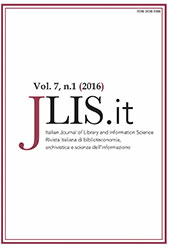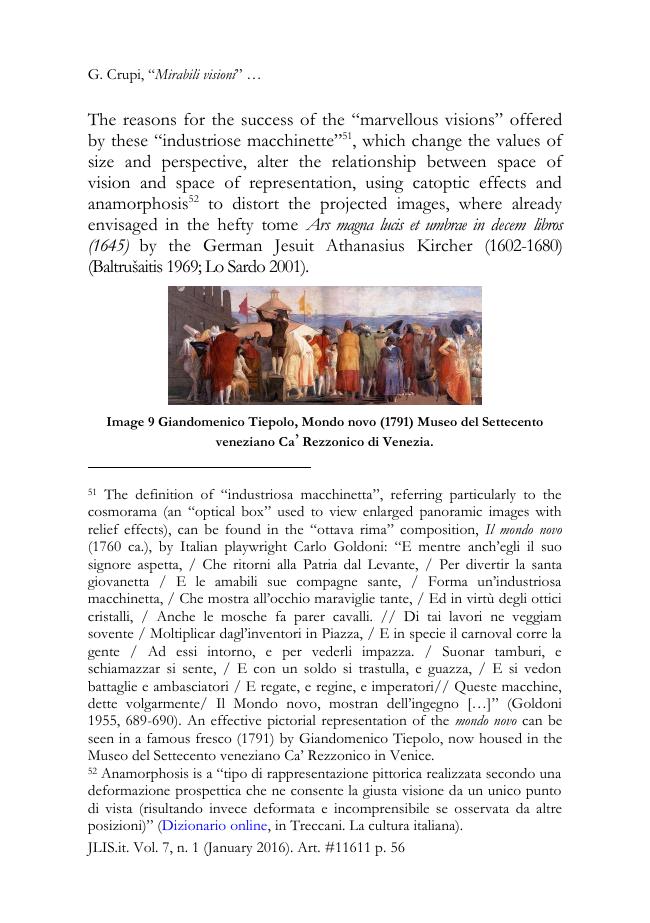Mirabili visioni : from movable books to movable text
P. 25-87
This contribution reconstructs the history of movable books, books created for a wide range of different purposes (teaching, mnemonics, play, divining, etc.) including mechanical or paratextual devices demanding or soliciting the interaction of the reader. The investigation runs from hand-written books to the most courageous paper-engineering experiments of the 20th century Avant-Garde, considering some specific editorial genres, including calendars, "libri di sorti", anatomical books, navigation handbooks etc., and animated children's books. In particular, it demonstrates how the happy season for animated paper production and publishing of the 19th century would not have been possible without the scientific inheritance of optical studies and vision sciences, precursors a short time before the invention of the Lumière brothers (1895).
The study also examines some literary works using combinatorial mechanisms, experimenting the semiotic potential of expressive codes and very different techniques and materials: the reference is to books of Futurism and Dadaism, the "artists' book", and other avant-garde texts from the second half of the 20th century. [Publisher's Text]
-
Articles from the same issue (available individually)
-
Information
ISSN: 2038-1026



